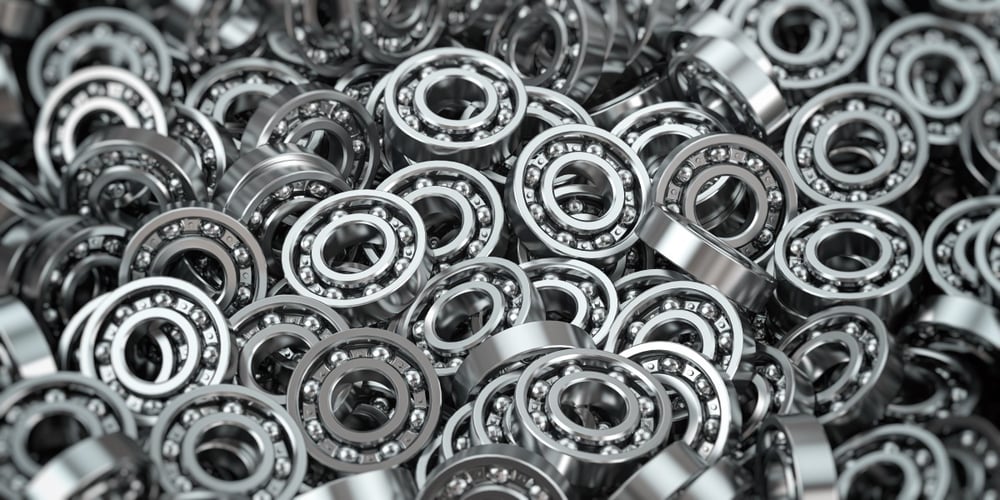
What is Halar coating? Most people have no idea. Halar is actually the brand name for ethylene chlorotrifluoroethylene, or ECTFE. ECTFE is marketed as Halar by Solvay Solexis. However, that doesn’t do much to answer the question. If you don’t know what Halar is, you probably don’t have a clue what chlorotrifluoroethylene is, either. Here is the lowdown on ECTFE, or Halar.
The most basic explanation for Halar is that it is a type of plastic. This particular type of plastic known as Halar is special because it is semi-crystalline and melt-processable. There are additional properties of Halar that make it desirable for use as an industrial coating. These properties include:
- It has high impact strength.
- It is resistant to chemicals with a wide range of temperatures – specifically, -105 degrees Fahrenheit to 300 degrees Fahrenheit.
- It is resistant to corrosion, again with the same wide temperature range.
- It has high electrical resistivity, which means that it strongly opposes the flow of electric current.
- It has low dielectric constant.
- It has superior cryogenic properties, meaning that it can withstand extremely cold temperatures.
So Halar coating is a type of plastic that is extremely resistant to high and low temperatures, can withstand impact, and resists chemicals, corrosion, and electricity. These properties tell us a little bit about what Halar, the material, actually is. But what does one do with Halar? How is this special kind of plastic actually used in the world?
Halar is typically used as an industrial coating. This means that it is applied to other products to give them protection and make them more durable. In particular, it is used to coat products that may be exposed to high amounts of friction, because Halar will minimize the amount of wear that the products suffer.
Halar is used in a variety of products, including:
- Bearings, which are mechanical parts that control the motion of other parts;
- Cams, which are rotating mechanical devices, such as the camshaft in a car;
- Valve seats, which are the surface of a valve onto which the handle is screwed shut to prevent leaks;
- Wire; and
- Cable.
You can see that in the first three examples, Halar is a beneficial choice because it resists friction. Bearings, cams, and valve seats are all exposed to high amounts of friction through the motion involved in their function. Halar makes these parts more durable and minimizes the wear that they suffer so that they need to be replaced less often.
Wire and cable are coated with Halar because of the electrical resistance that it offers. Halar has high electrical resistivity and low dielectric constant, which makes it an excellent choice for coating wire and cable.
Halar is also used frequently in the paper industry to coat pipes and scrubbers that are treated with bleaching agents. Because Halar is very resistant to chemicals, it allows the pipes and scrubbers to be treated and cleaned with bleach without corroding or damaging the pipes.
These are the basics on Halar, or ECTFE. If you find that you could benefit from coating a product with Halar or another industrial coating, get in touch with Toefco Engineered Coating Systems. At Toefco, we have been working with industrial coatings for more than 40 years. We can guide you into choosing a coating that offers all the properties that are best for your particular application. As the market has changed and developed over the last 40 years, we have stayed on the leading edge. We have the top of the line coatings that will give you the best finished product possible.
To learn more about halar coatings, call us at 888-912-5921 or ask an industrial coating engineer.
